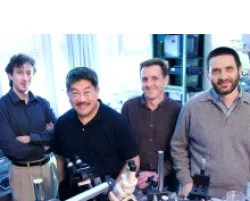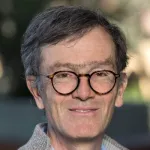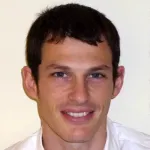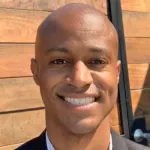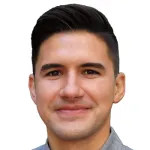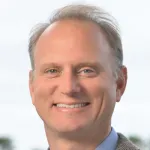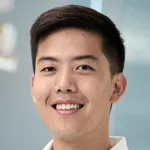
Xiaojie Qiu - Assistant Professor of Genetics
Dr. Xiaojie Qiu is an assistant professor at the Department of Genetics, the BASE program, and the Department of Computer Science (Courtesy) at Stanford. Dr. Qiu’s Ph.D. work at the University of Washington with Dr. Cole Trapnell made substantial contributions to the field of single-cell genomics, exemplified by the development of Monocle 2 and Monocle 3, which can accurately and robustly reconstruct complex developmental trajectories from scRNA-seq data. In his post-doc at Whitehead Institute with Dr. Jonathan Weissman, Dr.

